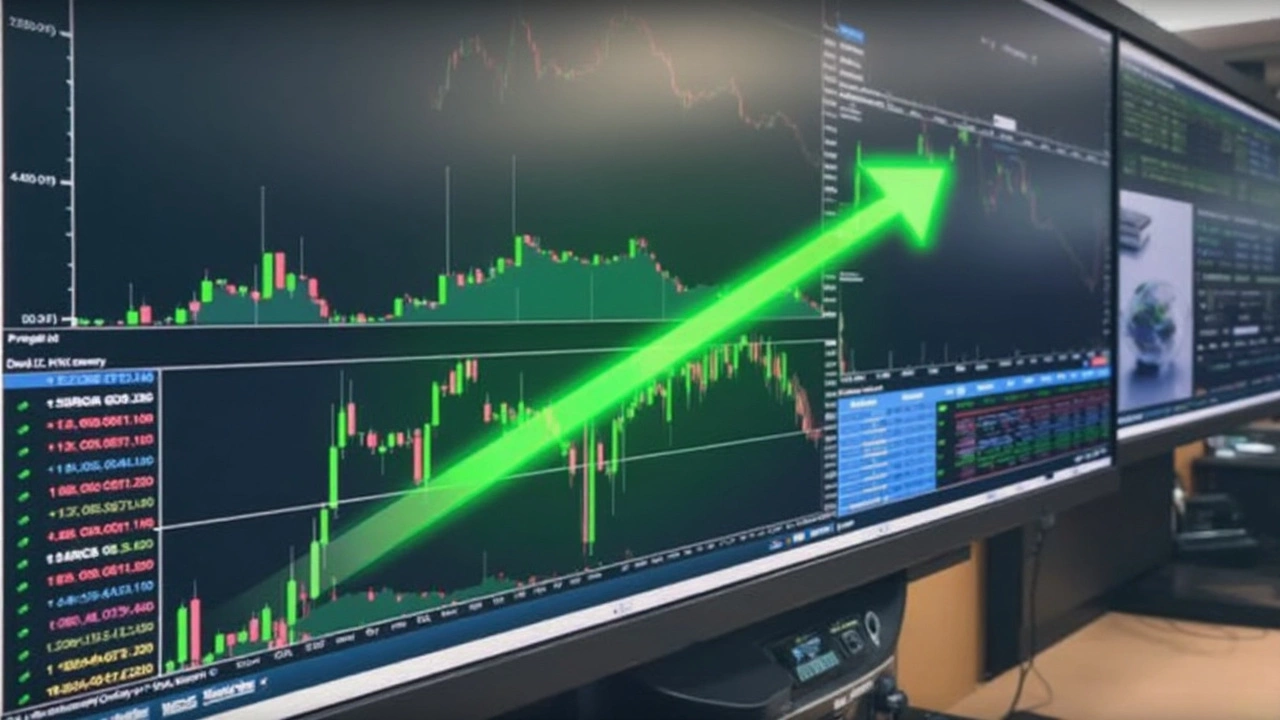Target Price: What It Is and How to Use It
Ever wondered why analysts keep talking about a "target price" for a stock? It’s simply a forecast of where the price could go based on earnings, growth, and market conditions. Knowing the target price helps you decide if a stock is cheap, fair, or expensive right now.
What Is a Target Price?
A target price is a predicted future price for a share, usually set for the next 12 months. Analysts use financial statements, industry trends, and valuation models to arrive at the number. It’s not a guarantee, but it gives you a benchmark to compare the current market price against.
If the stock is trading below the target, it could mean a buying opportunity. If it’s above, you might be looking at a potential sell or at least a need to reassess your expectations.
How to Set a Realistic Target Price
Setting your own target price doesn’t require a PhD. Start with the basics:
- Look at earnings growth. Companies that consistently boost earnings often have higher future prices.
- Check price‑to‑earnings (P/E) ratios. Compare the company’s P/E with industry averages to gauge fairness.
- Factor in market sentiment. News, product launches, or regulatory changes can shift expectations quickly.
Combine these clues into a simple formula: Target Price = Current EPS × Expected P/E. Adjust the P/E based on how optimistic you feel about the sector.
Don’t forget to revisit the target regularly. A new earnings report or a macroeconomic shift can make your original number outdated.
Using Target Prices in Your Investment Strategy
Target prices work best when paired with a clear plan. Here’s a quick workflow:
- Identify a stock you like.
- Calculate or find an analyst’s target price.
- Compare it with the current price.
- If the current price is lower, set a buy trigger around that level.
- If the price exceeds the target, consider a sell trigger or tighten your stop‑loss.
Remember, a target price isn’t a magic signal. Use it alongside other tools like stop‑loss orders, diversification, and risk tolerance checks.
Common Mistakes to Avoid
Many traders treat the target price as a guarantee and panic when the market moves differently. That can lead to impulsive selling or buying at the wrong time. Also, relying on a single analyst’s number can be risky—different analysts may have wildly different targets for the same stock.
Instead, look at a range of targets and understand why they differ. The spread tells you how uncertain the market is about the stock’s future.
Final Thoughts
Target prices give you a useful reference point, but they’re only as good as the assumptions behind them. Keep them simple, update them often, and always blend them with your own research. By treating target prices as part of a broader strategy, you’ll make more informed decisions and avoid common trading traps.
CDSL Share Price Targets for 2025–2027: Surprising Projections Fuel Market Buzz
CDSL's share price targets for 2025-2027 are causing a stir, with forecasts ranging from ₹1,433 to ₹4,280. High valuation metrics, contrasting predictions, and India's growing capital markets make this stock a focal point for investors—though experts urge caution given how volatile the journey could be.





